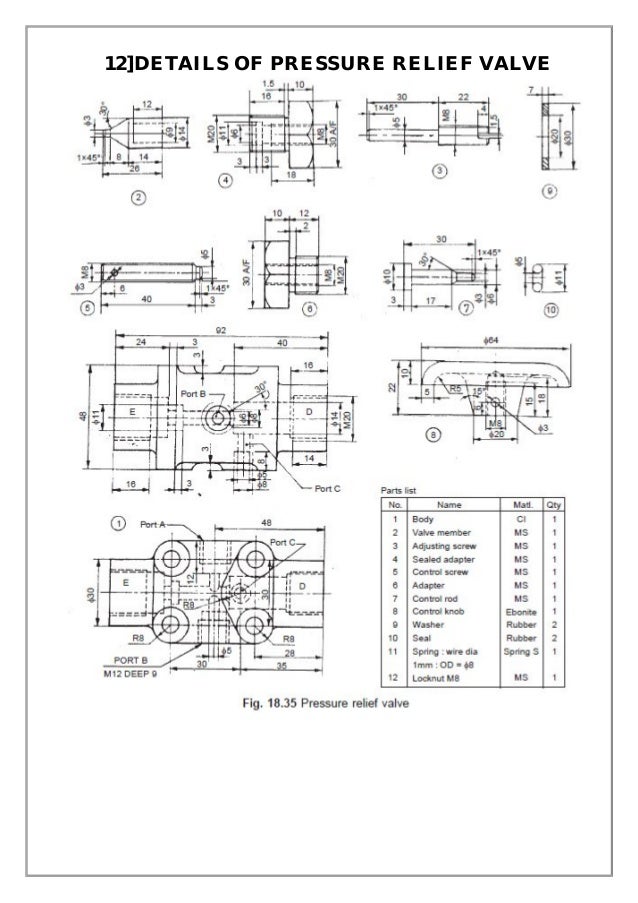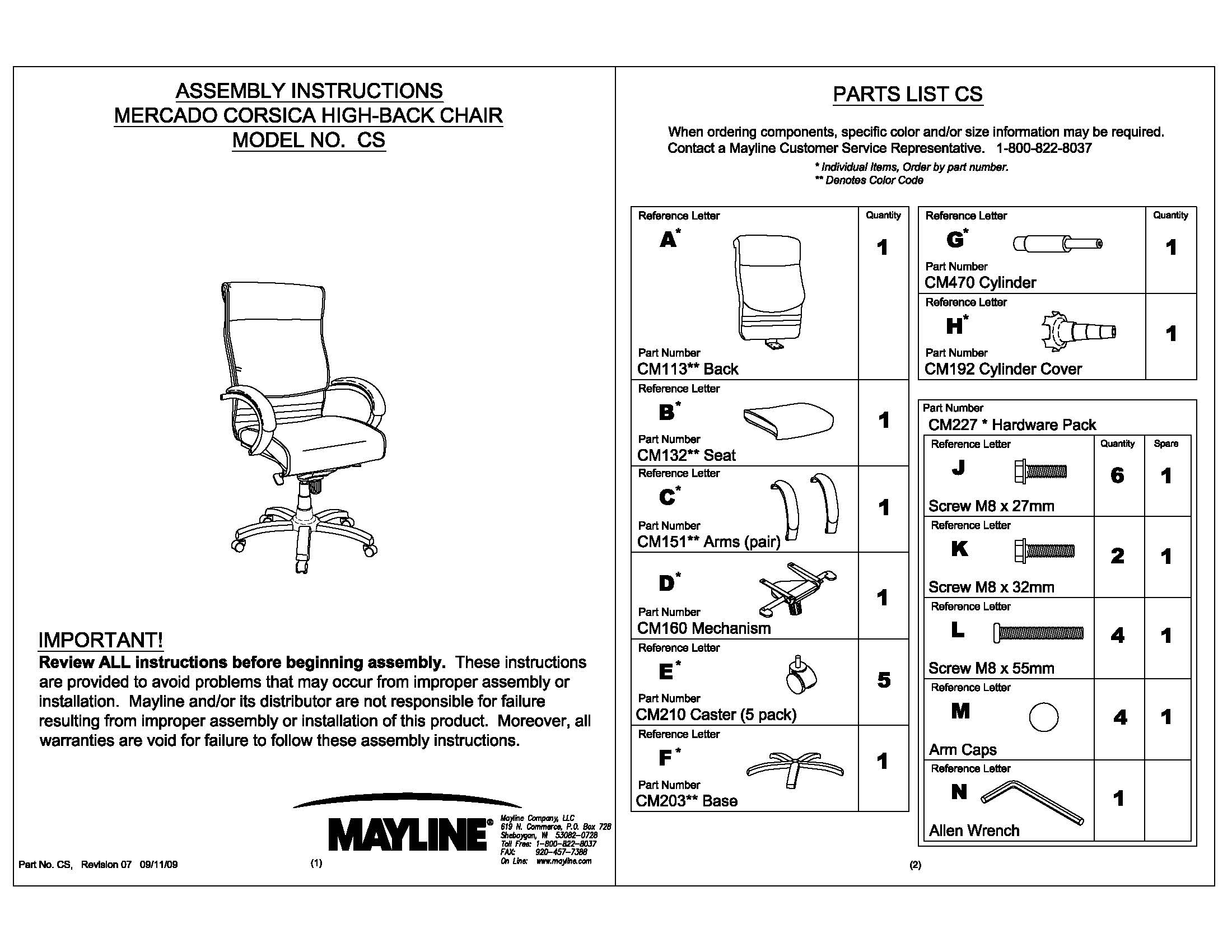

# First open all the files, then produce the output file, and #!/usr/bin/env pythonįrom PyPDF2 import PdfFileReader, PdfFileWriterįrom pyPdf import PdfFileReader, PdfFileWriter Here's a sample program that works with both versions.
#PDF ASSEMBLE PDF#
With plenty of options, detailed in the projects wiki.Ī Pure-Python library built as a PDF toolkit. Merging is equally simple.įrom command line: python -m fitz join -o result.pdf file1.pdf file2.pdf file3.pdfįor pdf in :

The PyPdf2 github also includes some example code demonstrating merging.Īnother library perhaps worth a look is PyMuPdf. You can potentially avoid the need to write code altogether. You might also want to look at the pdfcat script provided as part of pypdf2. It's a shame that PdfFileMerger isn't implemented as a context manager, so we can use the with keyword, avoid the explicit close call and get some easy exception safety. This ensures all files are closed (input and output) in a timely manner. Note: also that to avoid files being left open, the PdfFileMergers close method should be called when the merged file has been written. If you specify an invalid range you will get an Inde圎rror. merger.append(pdf, pages=(0, 3)) # first 3 pages If you wish to control which pages are appended from a particular file, you can use the pages keyword argument of append and merge, passing a tuple in the form (start, stop) (like the regular range function).Į.g. Here we insert the whole pdf into the output but at page 2. The append method can be thought of as a merge where the insertion point is the end of the file.

If you want more fine grained control of merging there is a merge method of the PdfMerger, which allows you to specify an insertion point in the output file, meaning you can insert the pages anywhere in the file. You can pass file handles instead file paths if you want. You can simply concatenate files by using the append method.


 0 kommentar(er)
0 kommentar(er)
